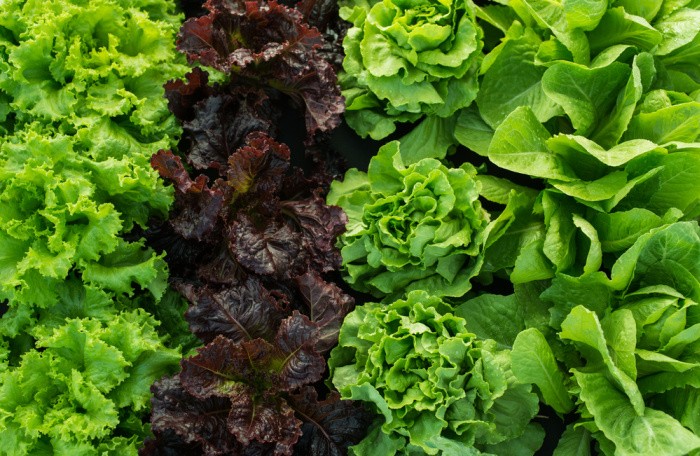
I know what you are thinking: Who plants things in January?! January isn’t considered a prime planting and gardening month, but gardeners in frost-free zones know this is the perfect time for cool-season vegetables. Knowing what to plant in January is the key. In case you missed this post, What Flowers to Plant in January
If you live in an area with frost, you can always plant indoors and move your stuff outdoors as the season warms up. I highly recommend these for seedlings: CowPots and Organic Seedling Soil; this way, you can plant your seeds and place the CowPots in your garden when the temperatures are correct. Where I buy my garden seeds: SeedsNow
It’s been harder to determine the time to plant outside the last few years because the weather has changed, unlike any time in history. I believe regular planting zone times will have to be changed very soon due to the uncertainty of the weather.
What to Plant in January
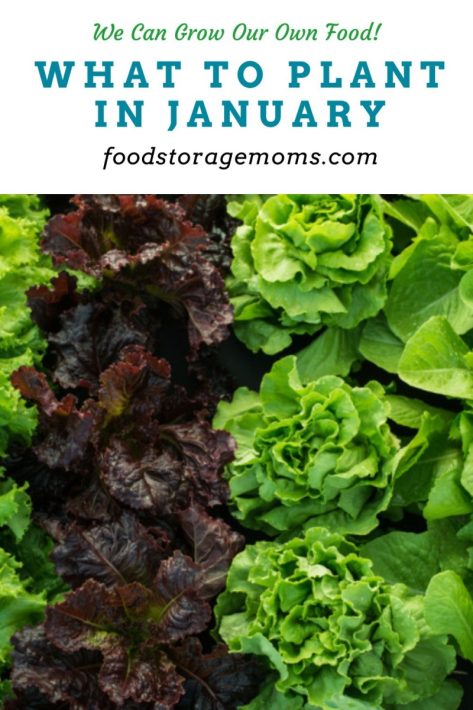
When gardening, it is essential to know what zone you live in. Check here to find your zone. All you need to do to find your zone is type in your zip code. Below, you will see what you can plant in your zone in January!
How I store my garden seeds:
Plastic Photo Container and Label Maker
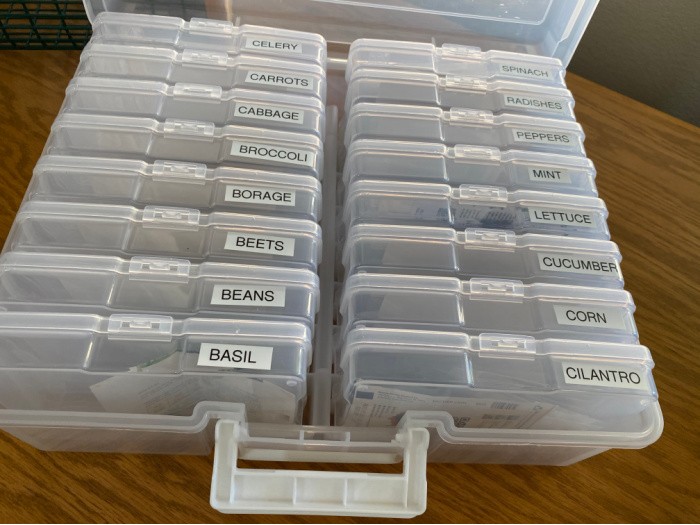
What to Plant in January 1-5
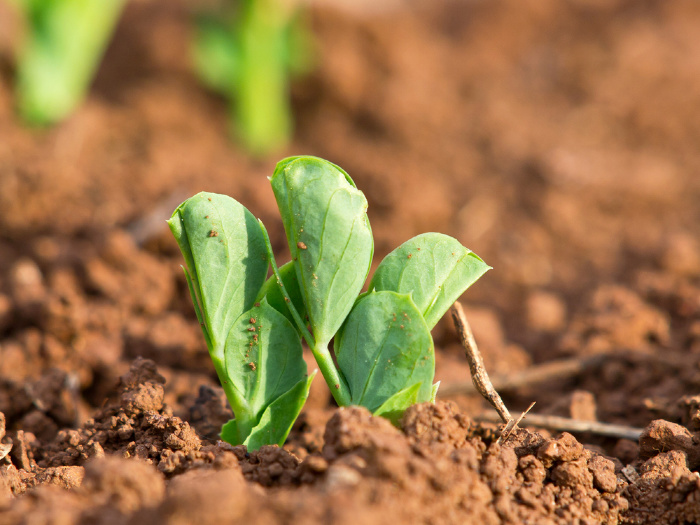
If you live in zones 1-5, it’s cold outside in January. This means that you must stick to growing things indoors.
Some vegetables, called microgreens, can be planted indoors and harvested when they are young. In addition to microgreens, here are some other plants you can try:
- Arugula
- Beet greens
- Mizuna
- Pea shoots
Zone 6
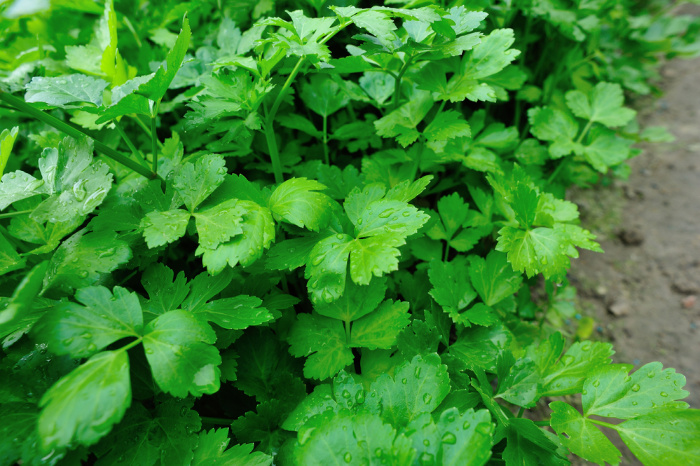
In zone 6, you can start your plants inside because you can transplant them outside in 8-10 more weeks. You have more options in this zone than in zones 1-5. Some seeds you can start inside to transplant later include:
- Celery
- Parsley
- Onions
- Leeks
Zone 7
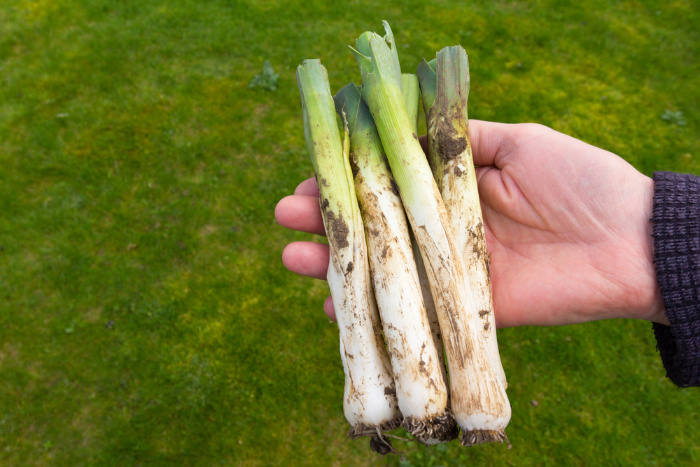
You know how tricky the weather is to predict if you live in Zone 7. However, in this zone, you can plant things inside and transplant them outside when the weather warms up. Some things that do well inside Zone 7 include:
- Celery
- Parsley
- Onions
- Leeks
Start these at the end of the month:
- Broccoli
- Cabbage
- Cauliflower
- Kale
- Lettuce
What to Plant in January in Zone 8
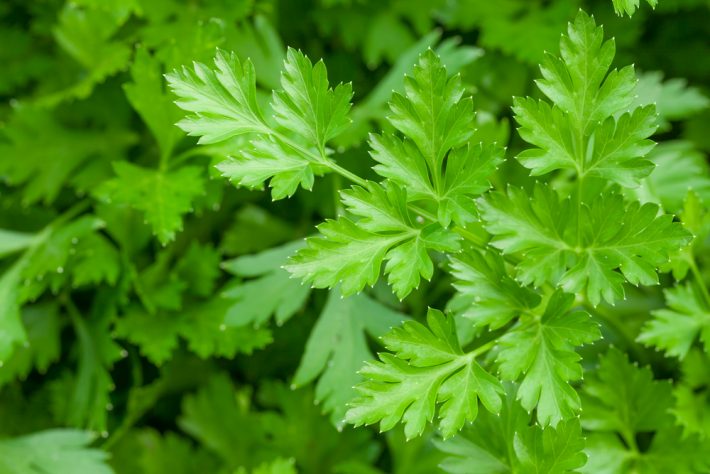
If you live in Zone 8, you are in luck because you can plant things indoors and outdoors. Many indoor seeds can be transplanted in 8-10 weeks. Here is what you can plant both indoors and outdoors in Zone 8:
Indoors
Plants you can start indoors in January include:
- Celery
- Leeks
- Parsley
- Onions
These will need extra time to grow indoors before being transplanted outside. Start them early in the month.
Outdoors
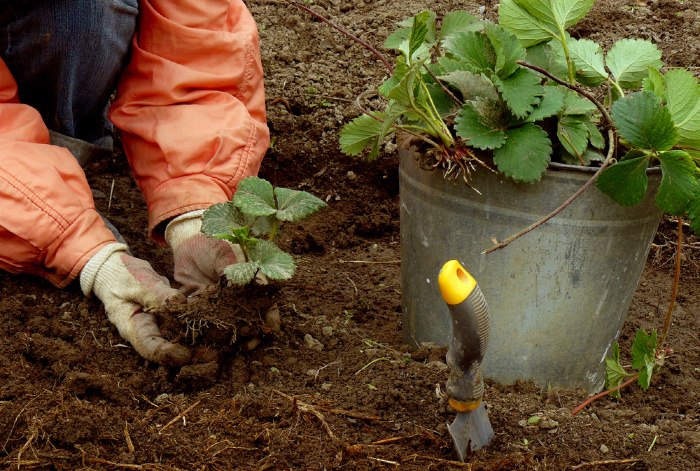
Before planting outdoors, you want to check your soil and make sure it can be worked. If it is, then you can plant the following outside in January:
- Bare-root asparagus
- Strawberry plants
- Fruit trees
If the ground is not still saturated from winter, you can also plant the following:
- Beets
- Bok Choy
- Carrots
- Radishes
- Peas
Zone 9-10
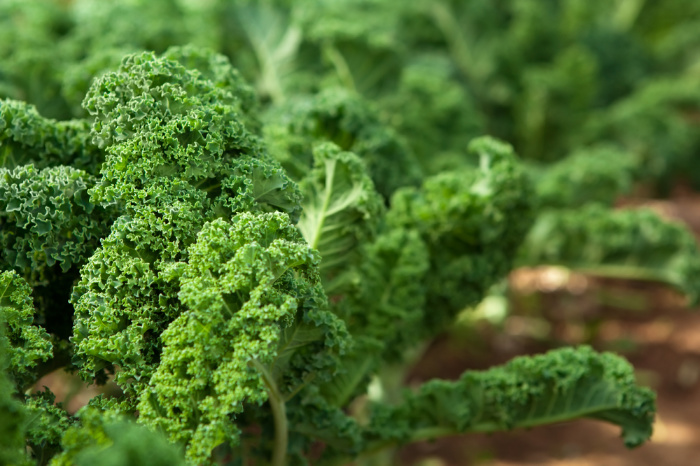
If you want to know what to plant in January in Zones 9-10, remember that gardening is in full swing for Zones 9-10.
The incredible growing season is ideal for many herbs and vegetables indoors and outdoors. If you live in these zones, you have a lot of possibilities.
Indoors
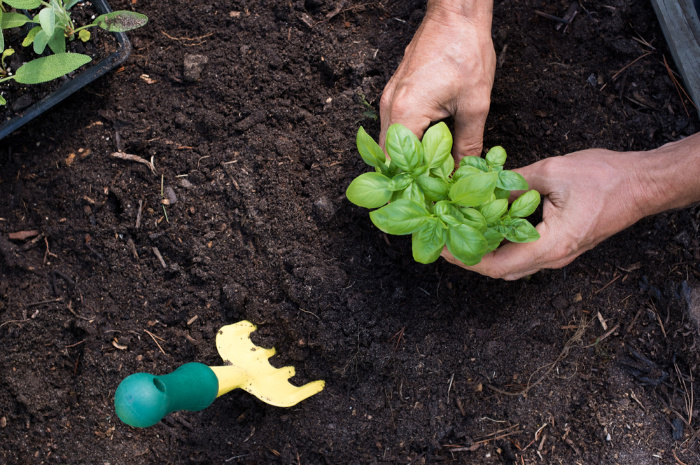
In January, you can start seeds of vegetables and herbs inside and transplant them outside later. Here is what you can start:
- Eggplants
- Kale
- Lettuce
- Melon
- Peppers
- Squash
- Tomatoes
- Basil
As the weather heats up, these seedlings can be transplanted outside.
Outdoors
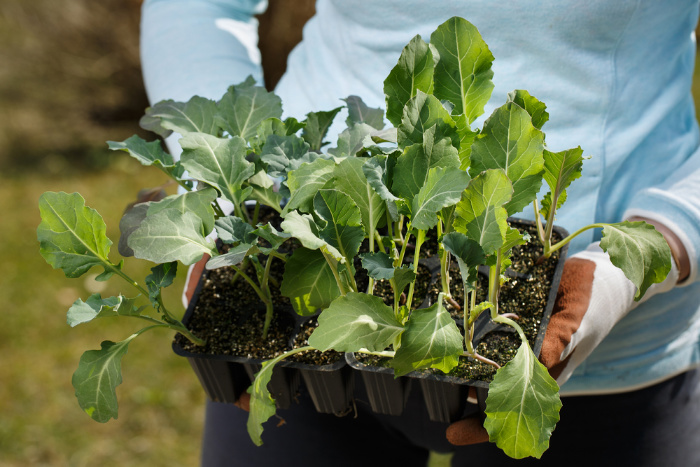
In Zones 9-10, you also have quite a few options for what to plant outdoors. Here’s what you can transplant outdoors:
- Broccoli
- Cabbage, cauliflower
- Chard
- Asian Greens
Here is what you can direct sow outside during January:
- Arugula
- Cabbage
- Carrots
- Kale
- Lettuce
- Onions
- Peas
- Radishes
- Spinach
- Turnips
- Chives
- Cilantro
- Parsley
How to Start Seeds Indoors
Because most zones in January are still cold, you may have to start many of your plants indoors.
Some plants, such as tomatoes, eggplants, and peppers, require much longer growing seasons than your zone may offer. To ensure healthy growth, many gardeners will start their plants off inside.
If you are new to gardening, you may not know the best way to do this. Follow the instructions below to learn how to start your seeds indoors!
Buy Your Seeds
Before you begin, the first thing you have to do is to buy your seeds. You don’t want to buy any old seeds, however.
You want your seeds to be provided by a trusted source. Fresher, higher-quality seeds have a higher germination rate.
This means you will have more seeds sprouting, giving you a head start in growing deliciously nutritious veggies.
Pot Seeds with Seed-Starting Mix
The seed-starting mix isn’t soil. However, it provides near-perfect conditions for sprouting seeds. It does this by providing a good balance of drainage and water-holding capacity while minimizing disease.
Most garden soil is unsuitable for starting seeds because it doesn’t drain well and may contain plant disease spores.
Use Pots with Drainage Holes
You can plant your seeds in whatever you want if you poke some holes in the container to allow water drainage. Without water drainage, you can drown your plants or cause the roots to become diseased. Here are some pot ideas you can try:
- Empty yogurt containers
- Plastic six-packs
- Flats
- Biodegradable pots
Plant Your Seeds Deep Enough
One thing that many tend to do is plant their seeds too deep. If you plant them too deeply, they won’t sprout. The rule of thumb is to plant your seeds 2-3 times as deep as the seed is wide. For example, a bean would be sewn about an inch deep.
Place Seeds in a Warm Location
After you sow your seeds, you will want to place the pots in a warm location. Some good ideas would be on the refrigerator or near a radiator.
Keep Seed Starting Mix Moist
Your seedlings will need both air and water. Therefore, you should keep the mix moist but not completely saturated. To do this, think of a damp sponge containing air and water.
Place Sprouts in a Bright Spot
You will want to move your seedlings to a bright or sunny location as soon as they begin to sprout. You can place them in a sunny window.
However, if you aren’t getting a lot of sunshine, adding consistent light from supplemental fluorescent lights does the trick. Be sure to suspend the lights an inch or two over the plants.
Fertilize Weekly
Once your seedlings have sprouted one or two sets of leaves, it is time to start fertilizing. Use a half-strength fertilizer. Organic fertilizers are the best choice because they provide nutrients and micronutrients your plants need to thrive.
Make Sure You Only Have 1 Seedling per Pot
You may notice two or more seedlings popping up. You only want one seedling per pot. Then, choose the healthiest and strongest-looking seedlings to keep. Cut the other seedlings off in the soil and discard them.
Planting and growing your seedlings is a fun and rewarding way to kick off the gardening season.
How To Hand Pollinate If You Need Too
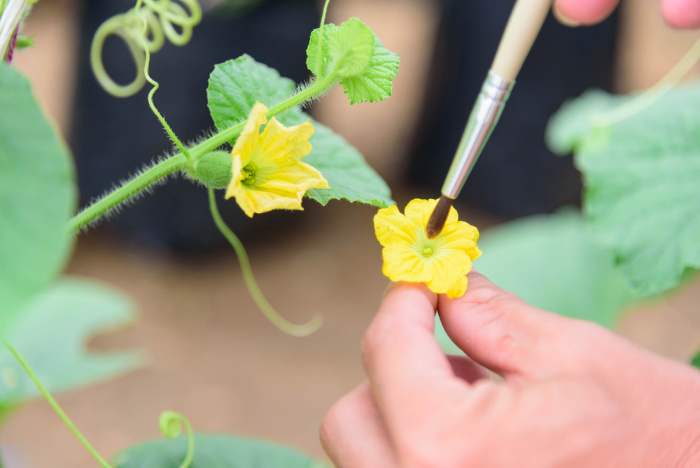
All you need is a paintbrush or cotton swab (see above). If you need to hand pollinate because you are not seeing any fruit develop, here is something you may want to try. You do this by removing the male blossom (male blossoms do not have fruit behind them).
They produce pollen, leaving the center covered in the pollen to collect with the brush or swab. Use a brush or swab to apply the pollen you collected to the center of the female flower. This works for squash, melons, and cucumbers every time.
Please Check Out What To Plant Each Month:
- What To Plant In January
- What To Plant In February
- What To Plant In March
- What To Plant In April
- What To Plant In May
- What To Plant In June
- What To Plant In July
- What To Plant In August
- What To Plant In September
- What To Plant In October
Garden Gloves
These are my favorite garden gloves: DIGZ Garden Gloves . They come in different sizes, which I love the most. These are the best rose bush gloves: Rose Bush Garden Gloves. I have to get a large size for my hands. These are awesome!
Final Word
As you can see, what you plant in January depends on the zone in which you live. If you live in zones 9-10, you have many more options for planting in January than those in zones 1-5. Check out our other posts to find out what to plant each month of the year! May God bless this world, Linda
Copyright Images: Lettuce Deposit photos_229581018_s-2019
The post What to Plant in January appeared first on Food Storage Moms.
from Food Storage Moms
No comments:
Post a Comment